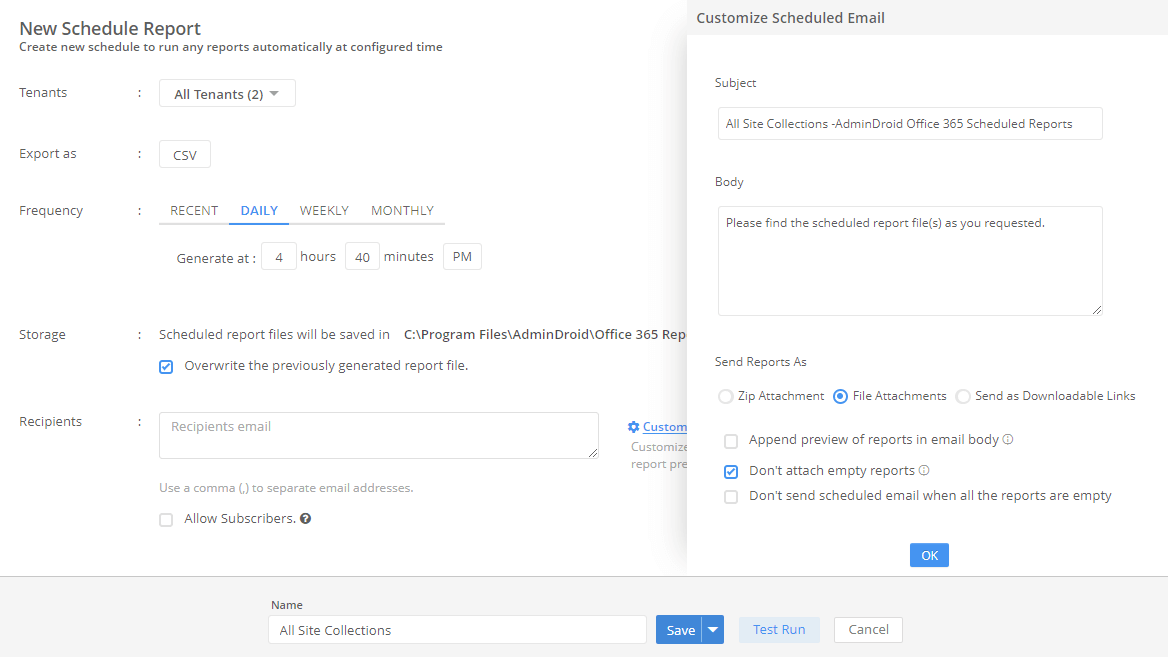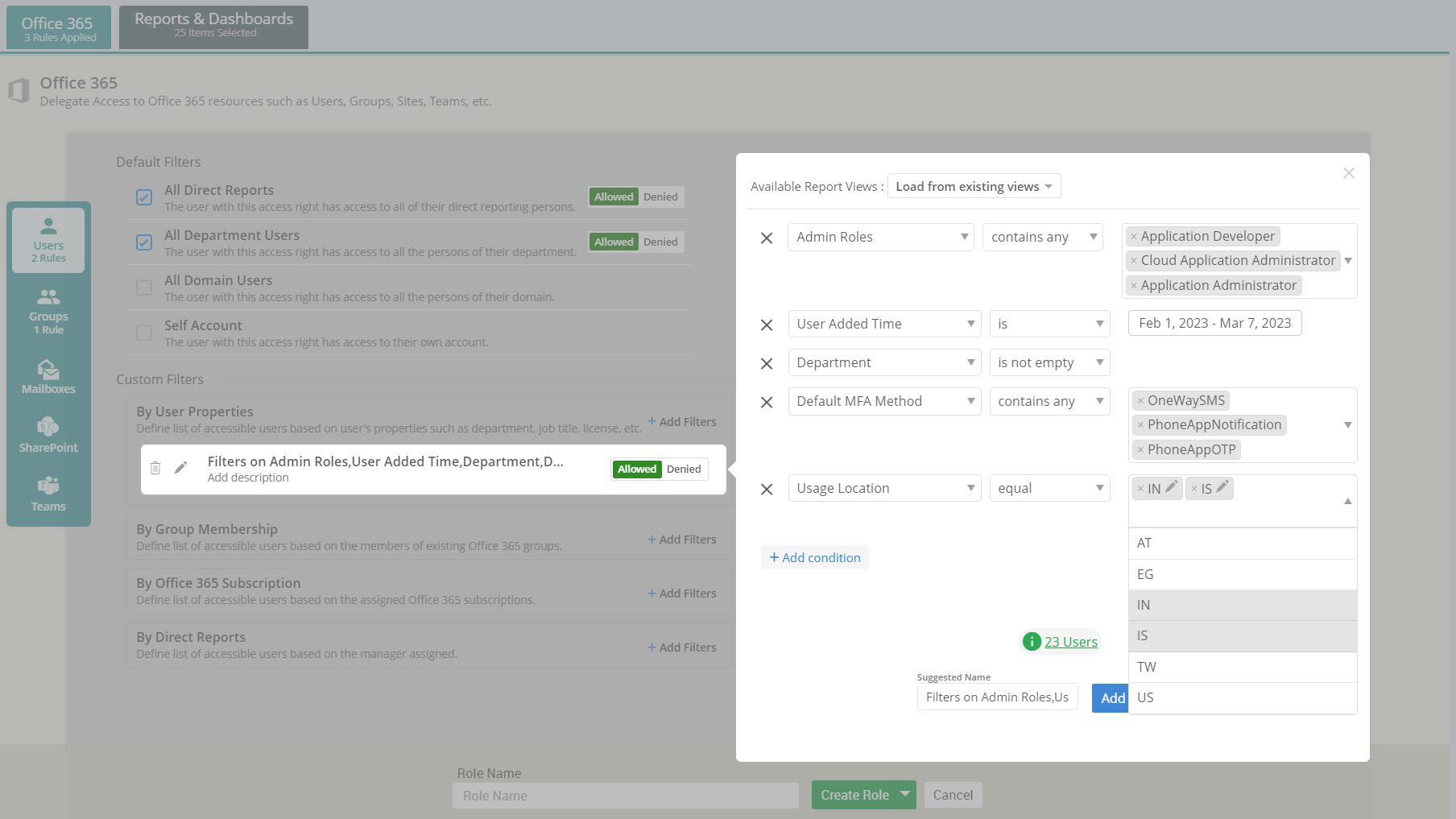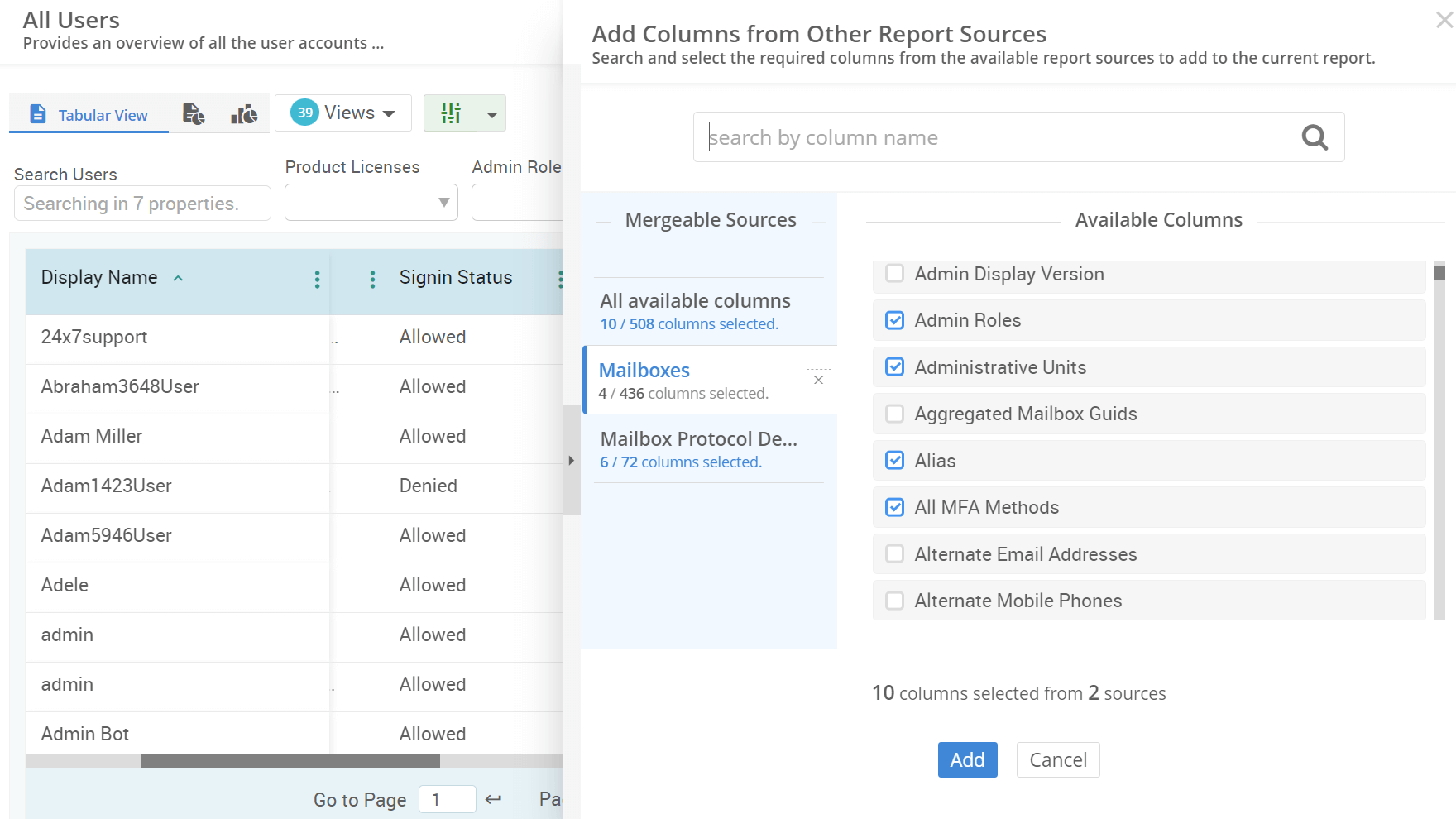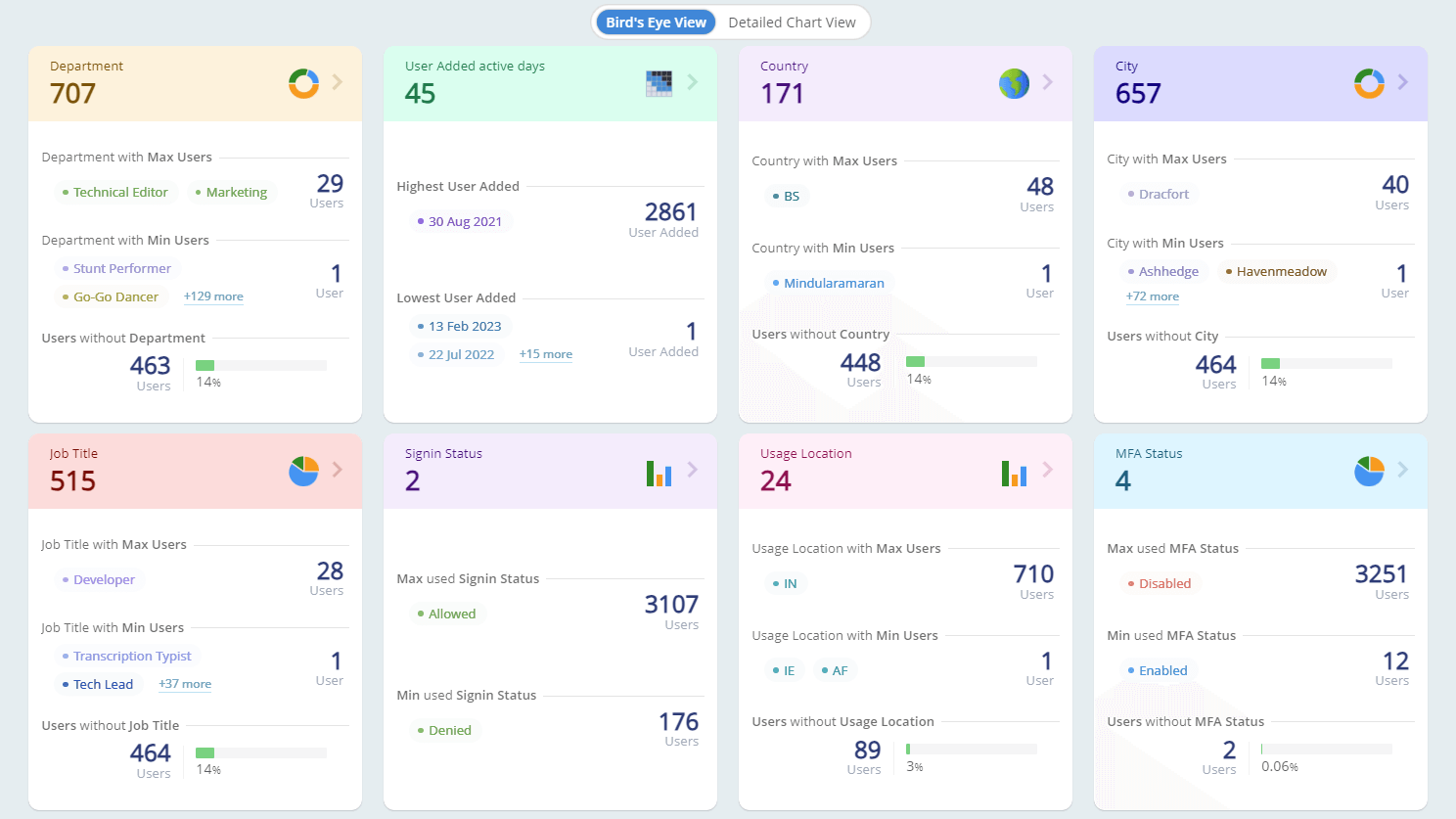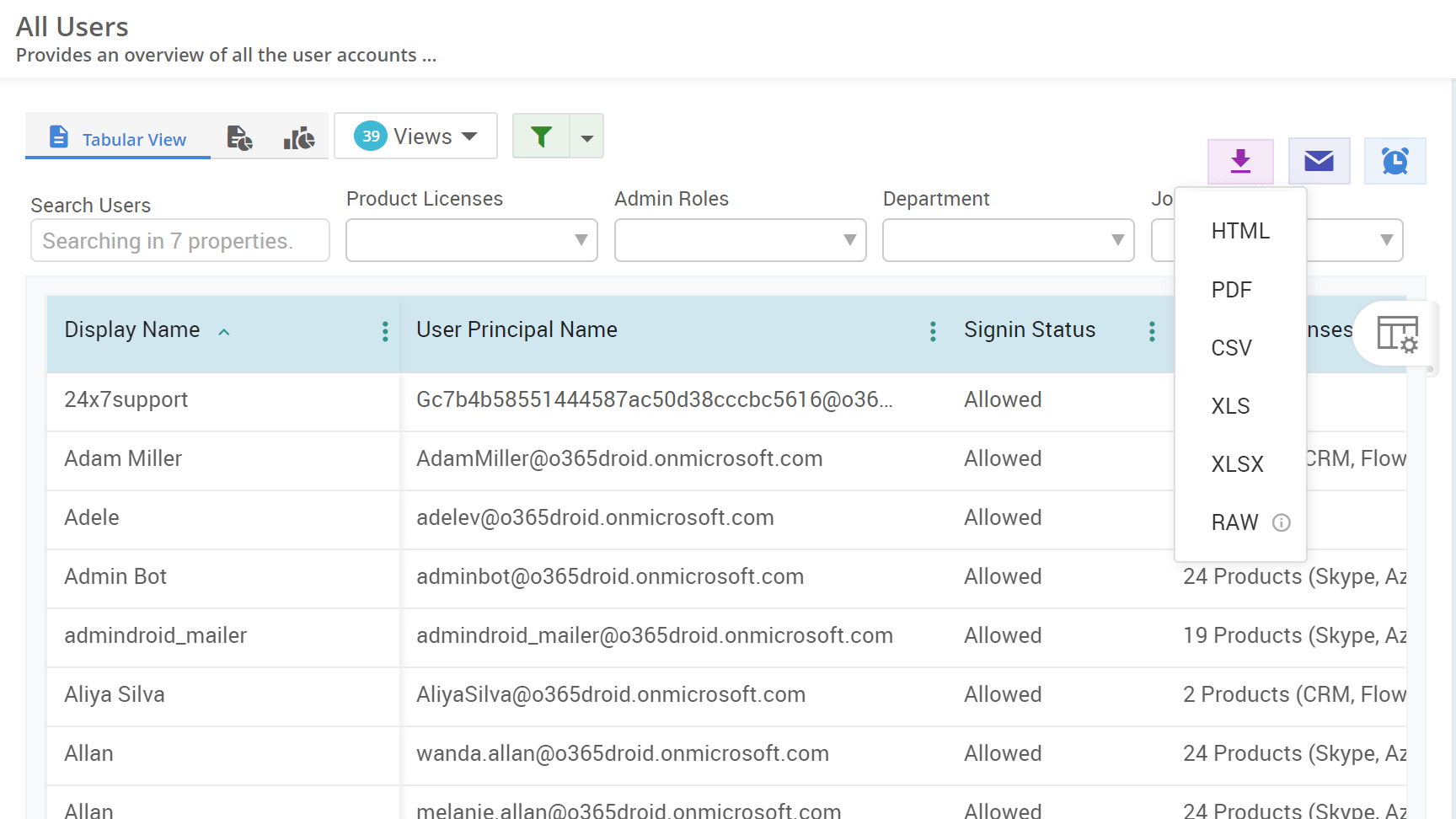How to Monitor Users License Changes Report in Microsoft 365
Keeping track of Microsoft 365 licenses can be a constant battle. Inefficient license management leads to overspending on unnecessary licenses, draining your organization's budget. If you're looking for assistance in handling license changes, don't worry. This guide will help you in managing Microsoft 365 license changes to improve cost management practices.













